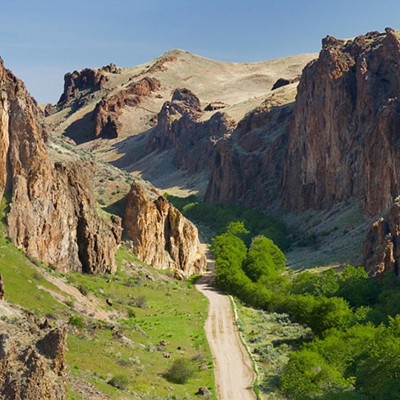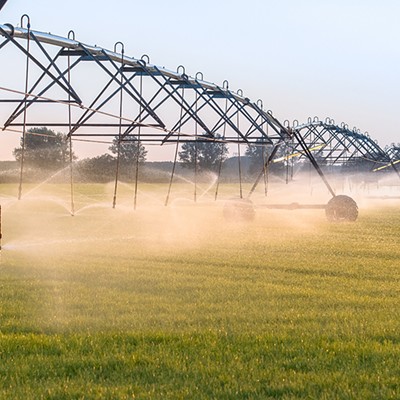You may not have heard much about it, but a massive change just happened on public lands — one that might begin to reverse a trend of over-extraction and land degradation in the United States. Our grandchildren may one day thank us.
On June 10, the U.S. Bureau of Land Management put its Public Lands Rule into effect, which puts conservation on equal footing with other concerns, such as drilling, mining and grazing. It was a controversial move in some circles, but in this era of all of us waking up to the effects of climate change, it was a necessary one. Since the BLM manages some 10% of all the land in these United States, this is huge.
A quick recap:
In 1976, Congress adopted the Federal Lands Policy and Management Act, which tasked the BLM with managing "recreation, range, timber, minerals, watershed, wildlife and fish, and natural scenic, scientific and historical values" in a "harmonious and coordinated" balance that avoids "permanent impairment of the productivity of the land and the quality of the environment."
The Act recognized "sustained yield" of the lands as a goal. Since most of us use energy, drive cars and so on, that's all well and good — but what happens when those lands begin to degrade, as has been seen due to climate change and ongoing extraction and overgrazing? In response to those and other harms, the BLM this past year has added the notion of conservation to the mix. As the thinking goes, without resilient ecosystems, those lands cannot deliver on the other promises laid out in that 1976 Act.
As described in a legal analysis by the University of Utah and the University of Colorado-Boulder, the "Public Lands Rule faithfully builds upon and adheres to this statutory structure by standardizing the use of land health standards, confirming conservation as a use, and implementing a variety of management tools to ensure long-term ecosystem resilience and sustainability of natural, cultural, historic and scenic resources found on public lands."
While the notion of putting conservation on equal footing with other priorities has had its opponents, some 92% of those who submitted public comments on the rule expressed support for the change.
Those against it have said the new rule appears to run counter to what the 1976 FLPMA laid out — but we disagree. Rather, the conservation rule upholds the ongoing extraction of resources from BLM lands. Think of it this way: If we don't take care of the house, we won't have anywhere to live. If we degrade the soils, future generations won't have any "productivity of the land" at all.
Others have shared concern that the new Public Lands Rule will result in the exclusion of timber, mining, oil and gas and grazing — but that's not true, either. Conservation simply gets a seat at the table now, along with other uses — and the inclusion of it at the table doesn't mean it negates other existing leases on lands.
What it might actually do is offer hope that some of the lands that have been traditionally used for extraction can have a prayer at getting cleaned up. According to the University of Utah/University of Colorado-Boulder analysis, some 37 million acres of federal lands are currently leased for oil and gas — with only about half of that currently in use. The other half, according to the analysis, is sitting idle or is in a state of degradation. These are the places the new rule could address through the rule's focus on mitigation strategies. Make them healthy again, and they may have a prayer of delivering more resources for the American people, the thinking goes.
The Public Lands Rule is one of those wonky policy changes that can register as barely a blip on many people's radars. But in an era where private industry has the potential to run roughshod on private lands, even to the possible detriment of the people who live nearby (look at the water quality issues currently afoot in Crook County as one potential example of that), it's heartening to see a more ecologically friendly trajectory take off on the public ones.
We may not see the effects of this change for quite some time, but we're betting our grandchildren will thank us.






















